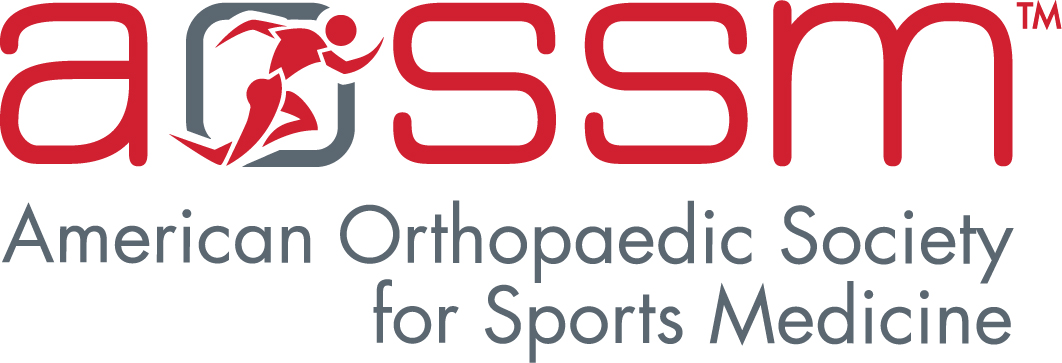For Immediate Release
For more information, contact:
Lisa Doty
Director of Communications
(847) 292-4900
toll free (877) 321-3500
[email protected]
Report in the American Journal of Sports Medicine Stresses the Role of Treatment and Rehabilitation in Preventing Ankle Sprains
November 16, 1999-Rosemont, IL-It's not "just" an ankle sprain. Ankle sprains can sideline an athlete for weeks or months and make him or her more susceptible to reinjury, according to a new report, "The Prevention of Ankle Sprains in Sports: A Systematic Review of the Literature," published in the November/December 1999 issue of the American Journal of Sports Medicine, the peer-reviewed journal of the American Orthopaedic Society for Sports Medicine (AOSSM).
The goal of the study was to assess published evidence on the effectiveness of various approaches to the prevention of ankle sprains in athletes. Over 18 months, the researchers reviewed 621 citations in published studies, textbooks and journals. The articles focused on such topics as the risk for ankle sprains in various sports, the effects of ankle taping or bracing on performance, risk factors for ankle injury, and alternative methods to prevent ankle sprains.
"Based on our review, we recommend that athletes with a sprained ankle complete supervised rehabilitation before returning to competition," said Stephen B. Thacker, MD, acting director of the National Center for Injury Prevention and Control, Centers for Disease Control and Prevention in Atlanta, and one of the authors of the manuscript. "Keeping an injured player out of play is a short-term compromise on team performance. But it's a long-term benefit for the team because the athlete will be in better condition. If we can prevent injuries or chronic ankle problems, we won't have to deal with rehabilitation costs down the road."
An ankle sprain is a stretch injury of the ligaments that support the ankle. The ligaments on the outside of the ankle are most often affected when the foot is turned inward, causing the ankle to become swollen and tender. Ankle sprains are prevalent in such sports as basketball, volleyball, soccer and football, where participants jump and land on one foot, or make sharp, cutting movements.
When it happens, team coaches and athletic trainers turn to a variety of approaches for treating and rehabilitating the injured ankle, including ankle wraps, taping, bracing, orthotics, special shoes and sometimes a combination of various techniques, to help the athlete return to play.
Some recommendations and conclusions in the report, include:
o The most common risk factor for an ankle sprain is a previous sprain.
o Athletes with moderate to severe sprains should wear an ankle brace for at least six months.
o Pre-season conditioning should be planned to optimize performance and prevent injury.
o Strength, flexibility and balance should be emphasized during the preseason and season to reduce injuries.
o Stretching and warming up should precede all intensive practices or games.
o Ankle braces do not compromise athletic performance and are more effective than taping, which can loosen up after 10 minutes of play.
o Coaches should be sensitive to fatigue, since tired players may be at greater risk for injury.
The American Orthopaedic Society for Sports Medicine (AOSSM)- a world leader in sports medicine education, research, communication and fellowship-- is a national organization of orthopaedic sports medicine specialists, including national and international sports medicine leaders. The AOSSM works closely with many other sports medicine specialists and clinicians, including family physicians, emergency physicians, pediatricians, athletic trainers and physical therapists, to improve the identification, prevention, treatment and rehabilitation of sports injuries.
###
Editor's Note: The AOSSM web site, http://www.sportsmed.org, features patient education information on a variety of topics, including ankle sprains.
